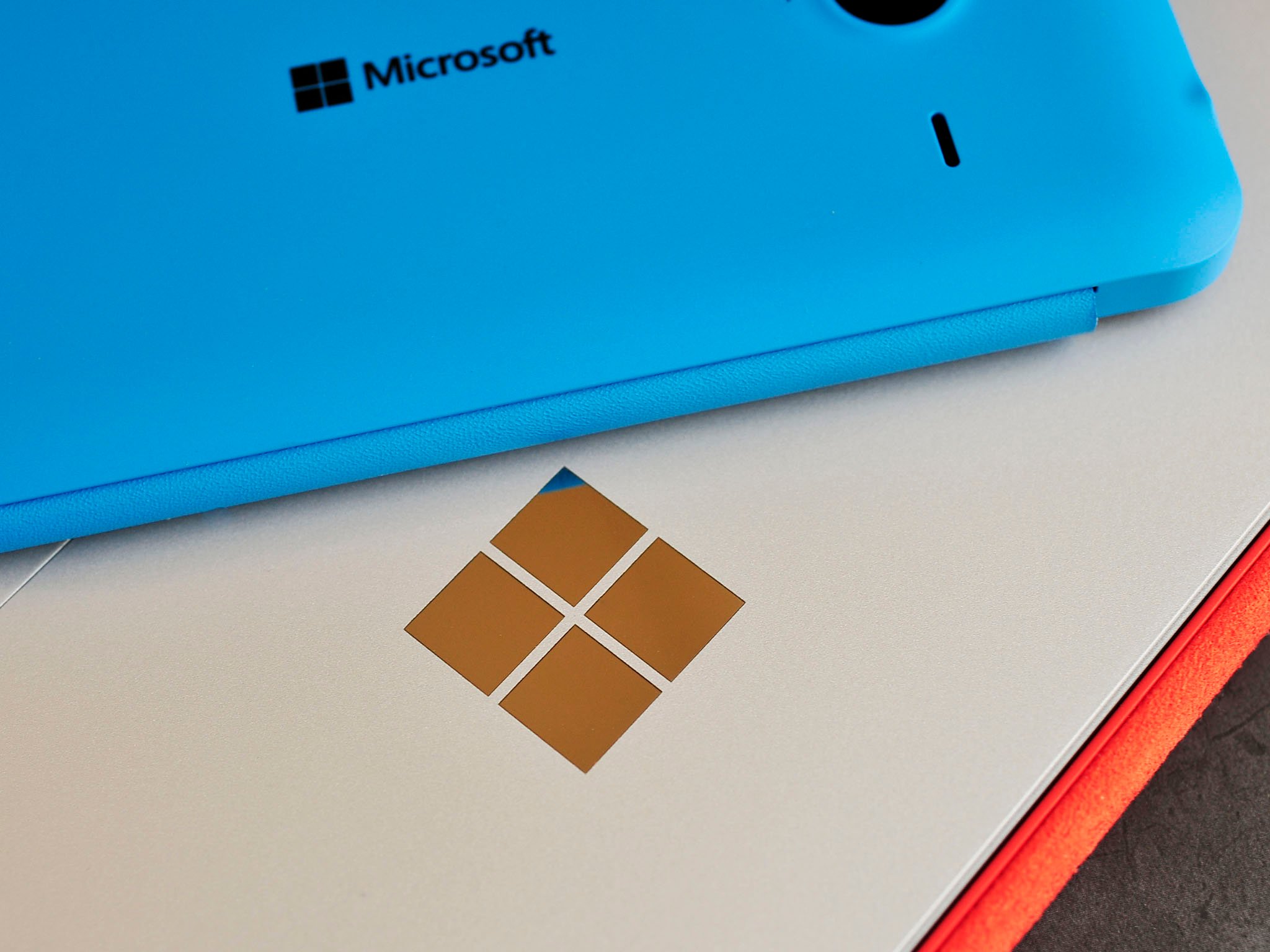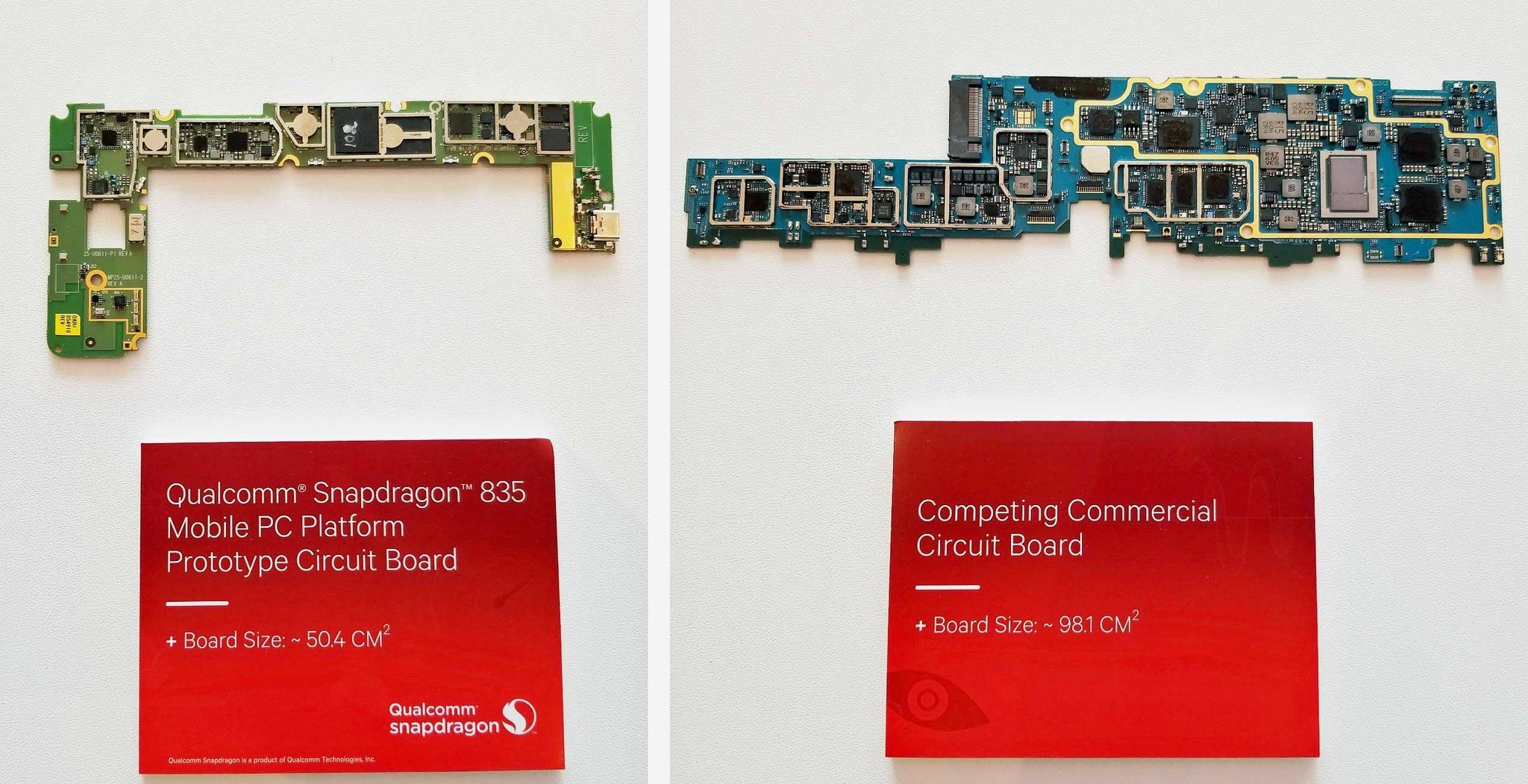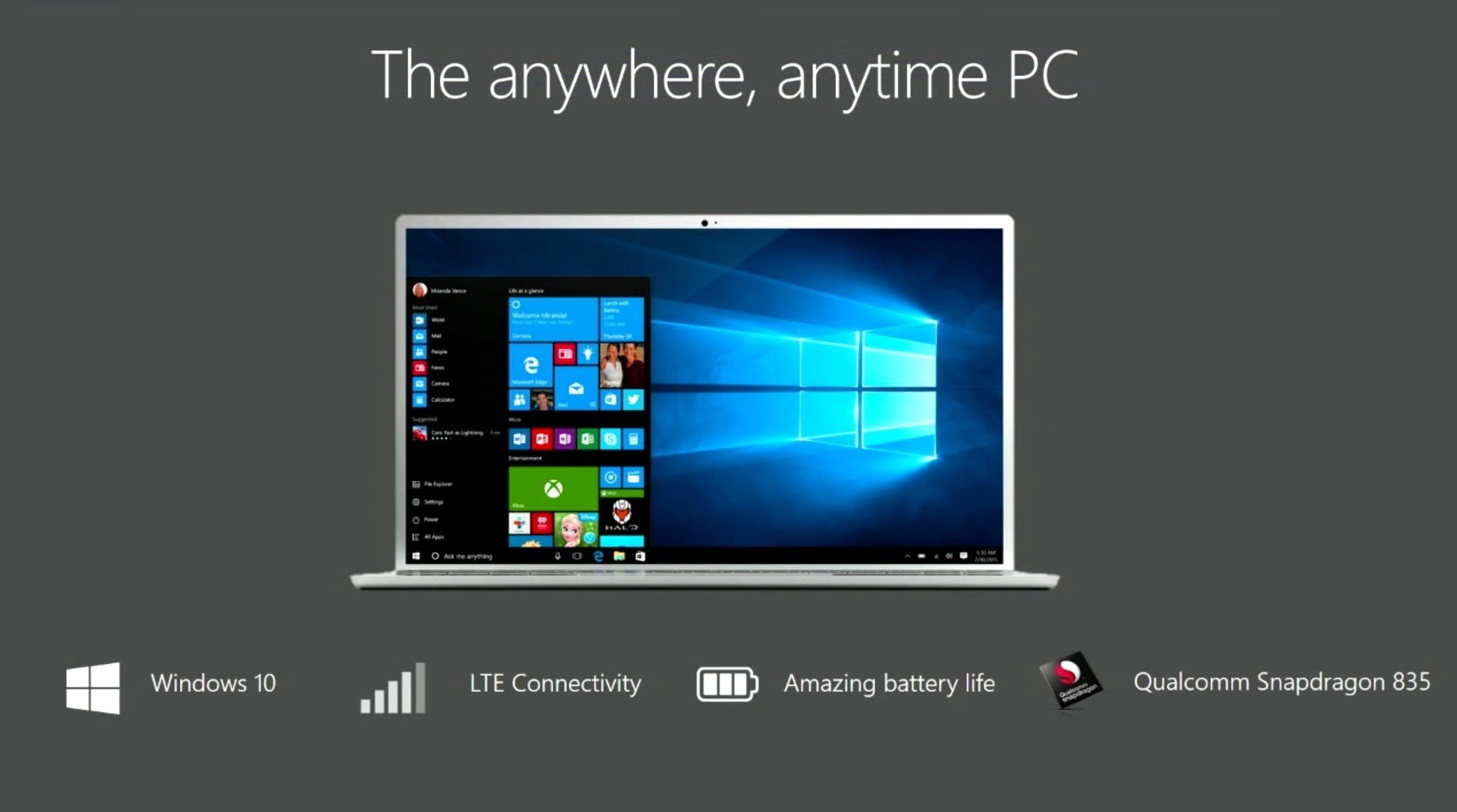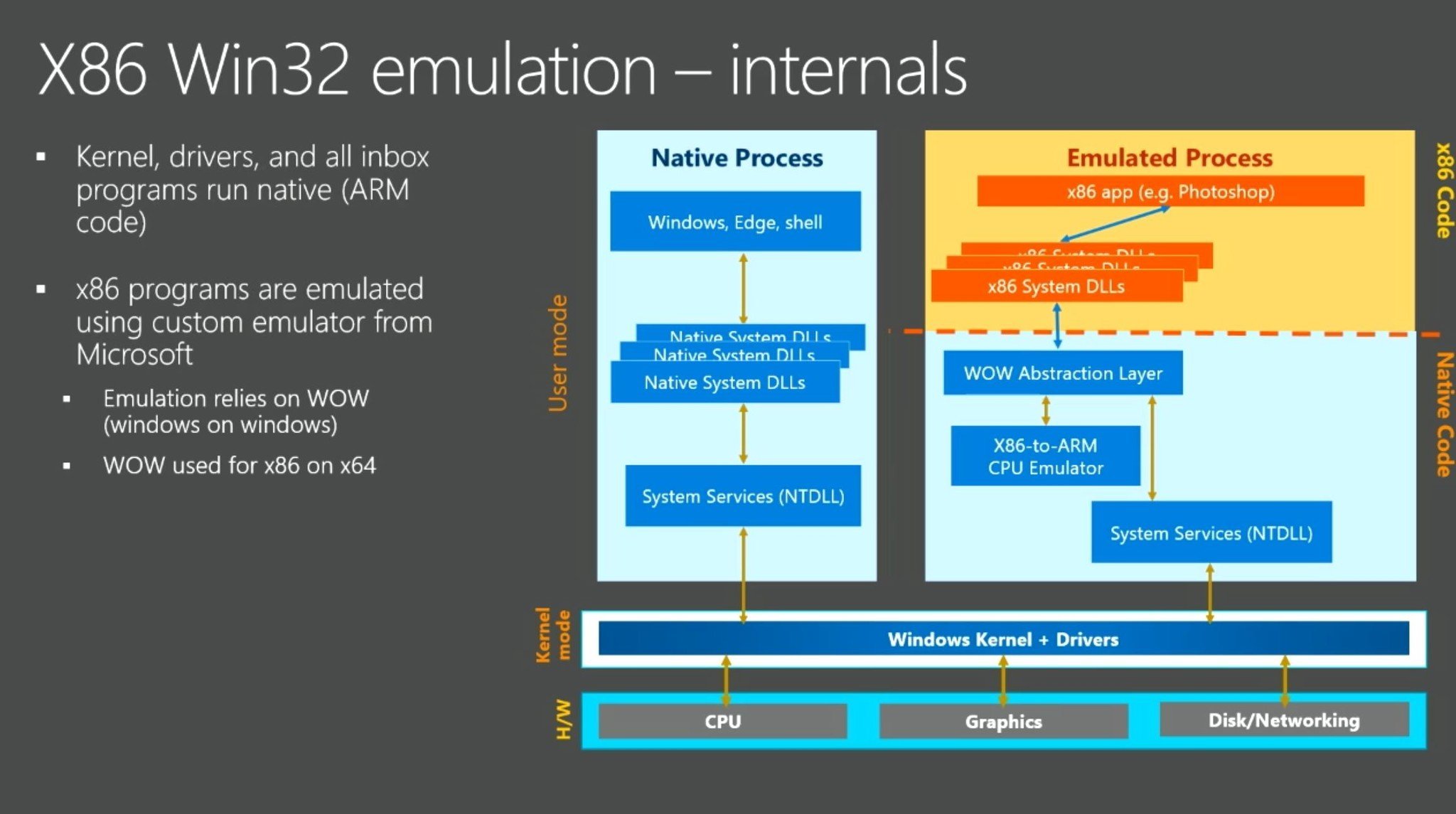Windows 10 on ARM is NOT Windows RT all over again
Despite past history, Microsoft's Windows 10 on ARM is vastly different than Windows RT. Here are the main differences.

Microsoft and Qualcomm are moving forward with their Windows 10 on ARM initiative, which is expected to debut publicly in late in 2017 with new devices from HP, ASUS, and Lenovo. Taking Windows 10 from the Intel processors to the ones found in high-end smartphones is one of the biggest, most substantial jumps in modern computing history, because it opens the floodgates to new always-connected consumer experiences.
One area of confusion that I want to put to rest is that somehow Windows 10 on ARM will be crippled, à la Windows RT, which was riddled with unfortunate complications. That is not the case.

Windows 10 on ARM is just Windows 10
Part of the problem Microsoft is facing — at least amongst enthusiasts — is the misunderstanding around the varieties of Windows in 2017. At least for consumers there are a lot of configurations (or stock-keeping units [SKUs]), including:
- Windows 10 Home — The normal, run of the mill Windows 10 that lacks the advanced networking and management features found in Windows 10 Pro. Windows 10 Home users can at any time upgrade to Windows 10 Pro through the Store for a $99 fee.
- Windows 10 S — Mostly an education version that limits installation of apps to the Windows Store. However, it will also be featured on the new Surface Laptop. Like Windows 10 Home, it can be upgraded to Windows 10 Pro for free through 2017 and for $49 after that.
- Windows 10 Pro — Geared towards those who need remote desktop management and some other non-essential consumer features, Pro comes with many high-end laptops and PCs, including the Surface Pro, Surface Book, and Surface Studio.
Any versions of an OS can be confusing, but so far, these variants of Windows 10 are cut and dry with only a few minor differences. They can all run proper Win32 desktop applications and act like full Windows. Only Windows 10 S has some limits.
Windows 10 on ARM is not Windows RT

Where things seemingly get messy is with architecture, which refers to the underlying hardware required to run Windows 10. Since its inception, Windows has run on Intel x86 (32-bit) and more recently x64 (64-bit) Intel and AMD processors. These are the familiar Intel Core, Pentium, and Atom processors that are sold in consumer desktops, laptops, and tablets.
Windows 10 on ARM is nothing like Windows RT.
In 2012, Microsoft put a version of Windows onto an ARM processor, specifically a 1.3GHz Nvidia Tegra 3 with the Surface RT. The problem there as many remember was that version could not run proper Win32 desktop applications. It looked like full Windows, but it was limited to the Windows Marketplace, which itself was nascent at the time. This limitation and the radical UI shift of Windows 8 doomed Windows RT to a niche category before fading from the market altogether.
Here we are again in 2017 with Microsoft putting Windows on ARM. Same thing as RT, right? Far from it. Here is why Windows 10 on ARM is very different than RT.
Get the Windows Central Newsletter
All the latest news, reviews, and guides for Windows and Xbox diehards.
- Windows 10 on ARM is SKU agnostic — Original equipment manufacturers (OEMs) can put Windows 10 Home, Windows 10 S, or Windows 10 Pro for ARM onto any device. Just like PCs and laptops today this decision will come down to target markets (consumer versus education) and desired price points (Home is cheaper than Pro to license).
- Windows 10 on ARM can run Win32 applications — Windows RT could only run a subset of proper Win32 applications like Microsoft Office, and users could not install anything else. Due to Microsoft's new emulation layer (which is a bit mysterious at this point), Windows 10 on ARM should run any application whether it is from the Windows Store or user-installed via .exe files.
- Windows 10 on ARM is upgradable to new SKUs — Just like today, if you buy a Windows 10 on ARM device with Windows 10 Home you should be able to upgrade to Pro. The same applies to Windows 10 S editions that can be upgraded to Pro to install non-Windows Store applications.
From this perspective, Windows 10 on ARM is nothing like Windows RT. What you can say is that Microsoft seemingly learned its lessons from Windows RT and fixed all of that for version 2.0. It's approaching the problem differently this time while retaining the benefits of using an ARM hardware architecture — better battery life, instant-on capability, and 4G LTE Advanced cellular connectivity.
The 'cellular PC' revolution begins: full Windows 10 and desktop apps are coming to mobile ARM chips
The most important takeaway here is that Windows 10 on ARM does not mean it's Windows 10 S. One is the hardware architecture, the other is an OS SKU, but they are not bound to each other. In fact, Microsoft and Qualcomm have demonstrated Windows 10 on ARM using mostly Windows 10 Pro so far.
Why this probably doesn't matter to you
After reading this, you may be throwing up your hands exclaiming it's all too complicated. Indeed, once you break it down by OS SKUs and hardware architectures, it is messy. None of this even accounts for Windows 10 Mobile (itself ARM 32 but there are internal ARM 64 builds too).
To the consumer, though, none of these intricacies matter. Here's why.

When your average person walks into a Best Buy or a Microsoft Store, they will simply see Windows devices. Some will be thin and less powerful with 4G connectivity (new "cellular PCs") while others will be bigger but much more powerful like a Dell XPS 15 (9560) running a quad-core Core i7 with 32GB of RAM and a 1TB of storage.
The hardware architecture — x86, x64, or ARM — won't be a visible factor. All these devices have Windows 10 and can run Win32 applications. Differences will be found in price points, size, form factor, performance, and 4G connectivity — the same hardware variants we've seen for years now.
This observation gets back to Microsoft's long-term goal for Windows: make the underlying hardware architecture invisible to the end-user but deliver the same Windows experience. That was not the case with Windows RT, but it is the case with Windows 10 on ARM.
Microsoft's long-term goal for Windows: make the underlying hardware architecture invisible to the end-user.
Reading Microsoft's roadmap, it should be clear the same will happen with Windows 10 Mobile as that gets folded into proper Windows 10. The key to making that happen is still down the road with CShell and Project Andromeda, which is needed to shift the UI to different experiences. For instance, imagine having a proper Game Mode on your Razer Blade gaming laptop that shows an Xbox One UI instead of Windows 10.
Questions remain ...
None of this is to say that Windows 10 on ARM is a slam dunk. Big questions remain regarding performance. Initial reports coming out of Computex claim the experience of running Windows 10 on a Qualcomm Snapdragon 835 feels like running the OS on a Compute Stick. Presumably, that puts the Snapdragon 835 around an Atom or Core-m3 level of performance, which is impressive but still far from a proper dual-core Core i7 or even quad-core experience.
Other questions remain about how well the Win32 emulation runs legacy applications and if it lives up to expectations. Battery life, standby times, software bugs and integration with modern hardware will also be up for review. Those are all legitimate concerns.
But there's a lot to be optimistic about. I think the next few years we will see Qualcomm's ARM architecture make steady advances in power and performance. The Snapdragon 835 gets the foot in the door to be comparable to x64 Intel chips but is still behind in some ways. And it should be leaps and bounds better than a 2011-era Nvidia Tegra 3.
Qualcomm is already reportedly gearing up for Snapdragon 84x for the end of 2017 or early 2018 — again, another octa-core 10nm variant — which will push the category further. Combined with Microsoft's continued streamlining of Windows 10 and the Universal Windows Platform (UWP), the user experience should be excellent. Running UWP apps even on an anemic Intel Atom chip is still a better experience than running old Win32 applications, which are slow and sluggish by comparison.
Microsoft's future for computing erases the underlying hardware from the equation. Windows 10 on ARM is just another example of an OS spreading – in theory, unhindered – to new systems, resulting in never-before-seen devices.
The only thing consumers need to worry about is what PC and experience they want and can afford. In other words, leave the nitty-gritty details to Microsoft and just be productive.

Daniel Rubino is the Editor-in-chief of Windows Central. He is also the head reviewer, podcast co-host, and analyst. He has been covering Microsoft since 2007 when this site was called WMExperts (and later Windows Phone Central). His interests include Windows, laptops, next-gen computing, and wearable tech. He has reviewed laptops for over 10 years and is particularly fond of 2-in-1 convertibles, Arm64 processors, new form factors, and thin-and-light PCs. Before all this tech stuff, he worked on a Ph.D. in linguistics, performed polysomnographs in NYC, and was a motion-picture operator for 17 years.
